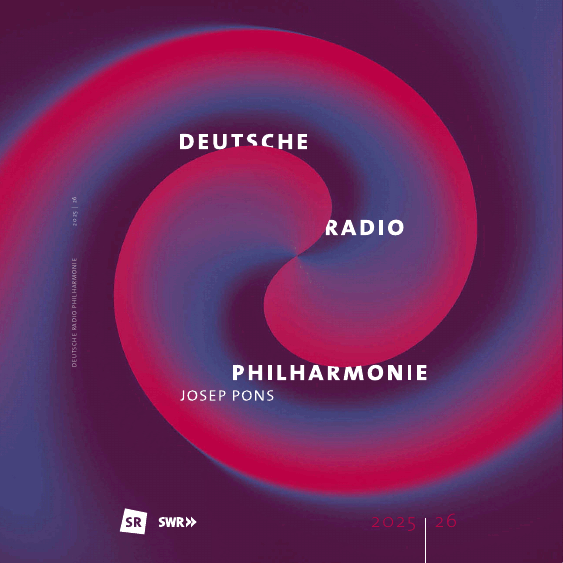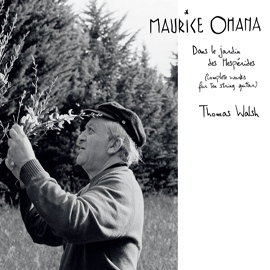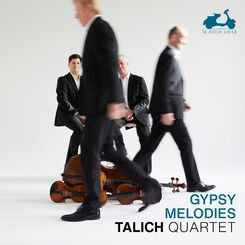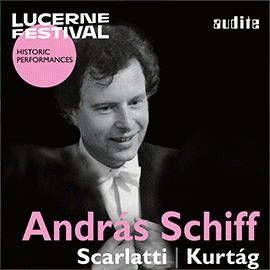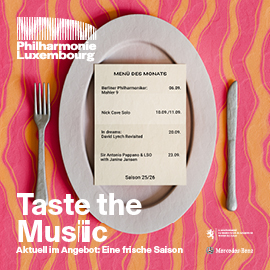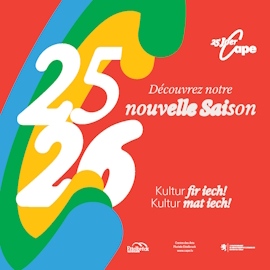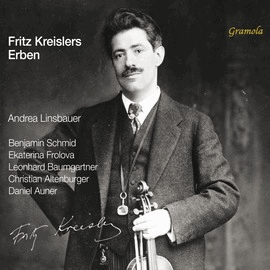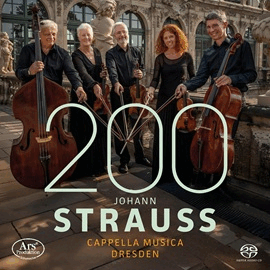Das Motto Zigeunermelodien des aktuellen Albums des Talich Quartet ist insofern ernst zu nehmen, als es Musik anbietet, die diesen Stil bereits im Titel trägt oder auch ihre Herkunft in diesem Umfeld zu verorten weiß. Anders betrachtet bietet das Quartett auskomponierte Werke an, die von hoch angesehenen Komponisten geschaffen wurde und damit mehr oder weniger bearbeitet der Volksmusik Südosteuropas entnommen sind.
Trotzdem hört man aus jedem Ton die Verankerung der Herkunft an. Das liegt dann zum einen an den Kompositionen, zum anderen aber auch an der kongenialen Umsetzung durch das Talich Quartet. Die Zusammenstellung ergibt ein wunderbar gefügtes Bild dieser Werke, das die Balance zwischen hochambitionierter Darstellung und auch locker wirkender Präsentation schafft.
An mancher Stelle wie gleich zu Beginn der Zigeunerlieder von Dvorak mag man das Talich Quartet fast schon als Kaffeehausorchester hören, so sanftmütig und klangsinnig gehen sie an diese Komposition heran. Doch bleiben sie immer ihrem hocheleganten und sensiblen Spiel in Einheit treu.
Das vor fünf Jahrzehnten gegründete Quartett wird mittlerweile von anderen Musikern als den Gründern fortgeführt, hat aber nichts von der Musikverwurzelung mit seiner böhmischen Heimat verloren. So vermittelt es immer den passenden Charakter für die Werke.
Unterstützt wird das Ensemble bei den rumänischen Volkstänzen von Bela Bartok vom Kontrabassisten Filip Herák und von Lubomir Gaspar, der mit Zymbal und Kaval einen speziellen Klang einbringt. Während das hauptsächlich im Pannonischen Raum verbreitete, mit Klöppeln geschlagene Hackbrett Zymbal, auch Cimbalom, weitgehend bekannt ist, mag ein Hinweis auf die Kaval genannten Holzflöten, die am Rand angeblasen werden und in der Türkei und auf dem Balkan Verbreitung finden, hilfreich sein.
Um die teilweise anderes gesetzten Werke, etwa die Zigeunerlieder für Tenor und Klavier, für ein Streichquartett zu arrangieren, haben sie sich erneut der Hilfe von Jiri Kabat versichert sowie auf Bearbeitungen von Alexej Aslamas zurückgegriffen. Beiden gelingt es, die gewollte Intention der ursprünglichen Komposition auf die neue Besetzung zu transportieren, so dass sie auch ohne Text verständlich sind.
So bedient dieses Album scheinbar das Klischee einer romantischen, naturverbundenen und freiheitsliebenden Lebensweise, bei der entweder feurig verliebt, frisch vergnügt und obendrein mit Musik und Tanz – oder aber tiefmelancholisch empfunden wird. Aber das wird auf höchstem künstlerischem Niveau erreicht. Zusammen mit ausführlichen Informationen im beigefügten Text und einer sehr gelungenen Aufnahmetechnik, die das Spiel transparent und nah, aber nicht aufdringlich eng eingefangen hat, ergibt sich ein Ohrenschmaus.
The motto Gypsy melodies of the Talich Quartet’s current album is to be taken seriously in that it offers music that already bears this style in its title or knows how to locate its origins in this environment. In other words, the quartet offers fully composed works that were created by highly respected composers and are therefore more or less adapted from the folk music of south-eastern Europe.
Nevertheless, you can hear the roots of their origins in every note. This is partly due to the compositions, but also to the congenial realization by the Talich Quartet. The compilation creates a wonderfully cohesive picture of these works, striking a balance between a highly ambitious performance and a relaxed presentation.
At some points, such as right at the beginning of Dvorak’s Gypsy Songs, you could almost hear the Talich Quartet as a coffee house orchestra, such is their gentle and melodious approach to this composition. Yet they always remain true to their highly elegant and sensitive playing in unity. The quartet, which was founded five decades ago, is now led by musicians other than the founders, but has lost none of its musical roots in its Bohemian homeland. In this way, it always conveys the right character for the works.
The ensemble is supported on Bela Bartok’s Romanian folk dances by double bassist Filip Herák and by Lubomir Gaspar, who adds a special sound with his cymbal and kaval. While the cymbal dulcimer, also known as the cimbalom, which is mainly used in the Pannonian region, is widely known, a reference to the wooden flutes called kaval, which are blown at the edge and are widely used in Turkey and the Balkans, may be helpful.
In order to arrange some of the works, such as the Gypsy Songs for tenor and piano, for a string quartet, they have once again enlisted the help of Jiri Kabat and used arrangements by Alexei Aslamas. Both succeed in conveying the intentions of the original composition to the new instrumentation so that they are understandable even without lyrics.
Thus, this album seems to serve the cliché of a romantic, nature-loving and freedom-loving way of life, either fiery in love, freshly amused and on top of that with music and dance – or deeply melancholic. But this is achieved at the highest artistic level. Together with detailed information in the accompanying text and a very successful recording technique that captures the performance transparently and closely, but not intrusively so, the result is a feast for the ears.



